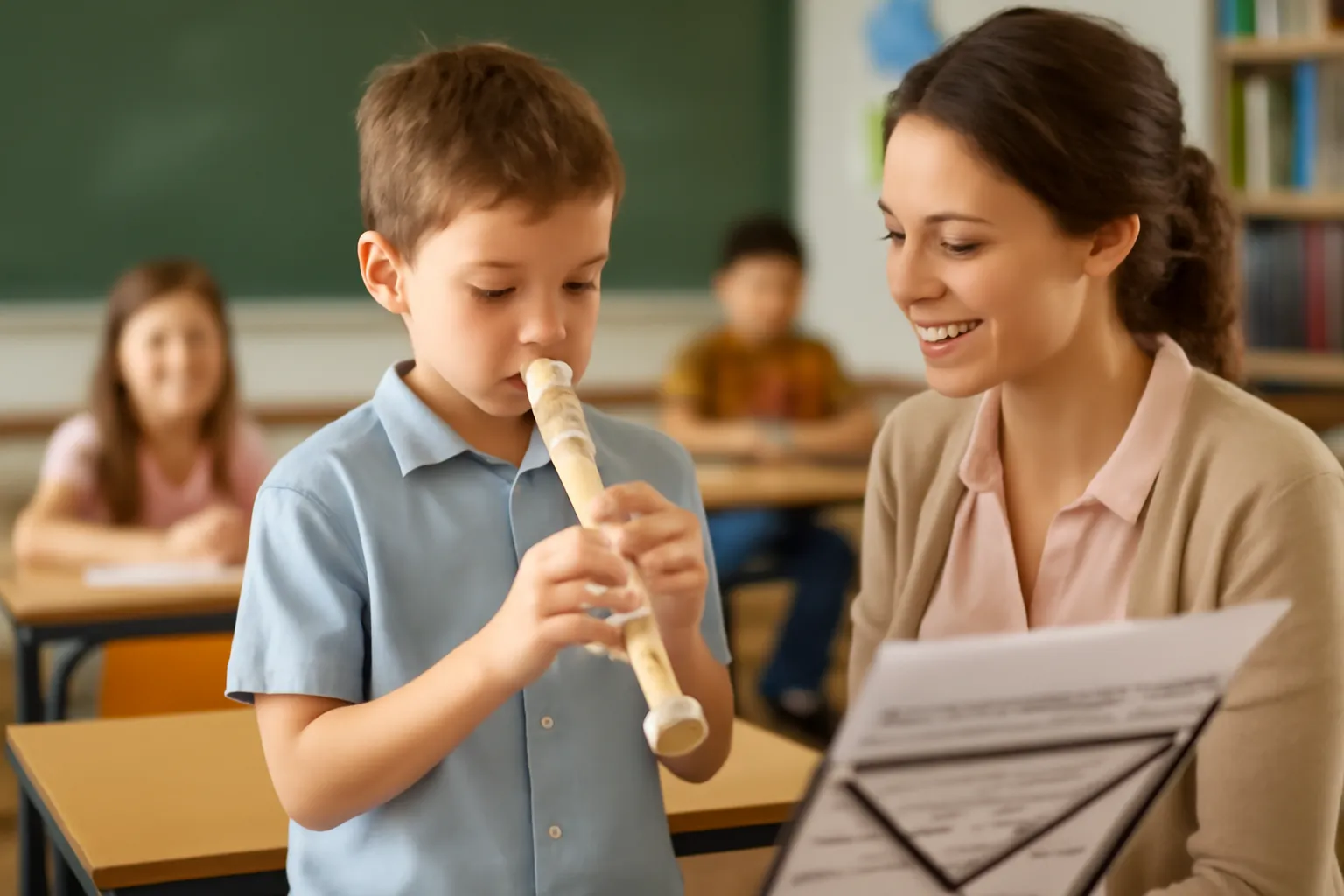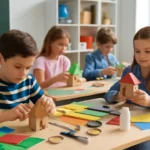Are you interested in teaching elementary school students how to play the recorder? Discover essential tips, easy sheet music, and how to establish a solid foundation for your child’s musical journey.
Elementary Recorder Foundation
The recorder has long been a staple in elementary music education. Why is this simple instrument so valuable in developing musical skills for young learners? The recorder is lightweight, affordable, and accessible, making it the perfect first wind instrument for children. It fosters essential skills such as breath control, hand coordination, and musical timing, all of which are foundational for more complex instruments in later years.
One of the main advantages of the recorder is its straightforward structure. Most recorders are made with only eight finger holes, making it easier for children to learn the notes. Its simplicity doesn’t mean that the recorder doesn’t provide room for advanced skills; rather, it’s an excellent starting point for building musical abilities.
To help students establish a strong recorder foundation, teachers focus on several key areas:
-
Proper Finger Positioning: Teaching children to cover the holes properly is crucial to producing clear, accurate notes.
-
Breath Control: Understanding how to blow air through the recorder and control pitch is a critical element of playing.
-
Basic Note Reading: By introducing students to music notation early on, teachers help develop essential reading skills that will be used in all future music education.
-
Rhythmic Patterns: Introducing simple rhythms such as quarter notes, half notes, and rests helps students grasp the concept of timing.
Through consistent practice and positive reinforcement, young students can develop a strong musical foundation that will set them up for future success in music. Incorporating games and interactive exercises during lessons also helps keep young learners engaged. Want to dive deeper into foundational recorder education?
👉 Learn more about recorder foundations here 👈
Elementary School Student Recorder
For elementary school students, the recorder serves as an excellent introduction to the world of music. Children as young as 7 or 8 can start learning the instrument, as it is designed with smaller hands and mouths in mind. The recorder offers an opportunity for teachers to introduce music concepts in a fun and interactive way.
When starting recorder lessons with younger students, teachers should prioritize creating an enjoyable experience. Many students are just beginning to explore music and may find traditional methods too challenging. By choosing songs that they are already familiar with or introducing easy tunes, teachers can foster confidence and motivation.
Here are some effective strategies for teaching elementary school students:
-
Start with Simple Songs: Songs like “Hot Cross Buns” or “Twinkle Twinkle Little Star” are easy to play and familiar to most children, which makes them enjoyable and manageable.
-
Use Visual Aids: Color-coded finger charts and note sheets can visually guide students through lessons and help them grasp the concept of note sequences and rhythms.
-
Break Down the Process: Introduce one note at a time, ensuring students understand how to form it before moving on to the next.
-
Regular Practice: Encourage students to practice daily, even for just 10-15 minutes, to reinforce muscle memory and improve their skills gradually.
Many schools use the recorder as a tool to introduce music theory and ear training, using it as a bridge to more advanced instruments like the flute or clarinet in future years. If you’re looking to understand how these lessons play out in the classroom, it’s inspiring to observe teachers who break down complex techniques into manageable steps.
👉 Explore recorder teaching strategies here 👈
Elementary Recorder Sheet Music
When it comes to teaching elementary students, easy recorder sheet music is vital for success. Sheet music for beginners should not overwhelm the student but should be simple enough to build confidence. The beauty of recorder education is that students can begin playing recognizable songs with minimal musical knowledge.
Many beginner recorder books and sheets feature easy-to-read music, with large notation, simplified rhythms, and plenty of visual cues. These sheets are specifically designed for young learners and often include helpful symbols like finger charts, note names above the staves, and slow tempos.
Here’s a breakdown of popular types of easy recorder sheet music used in elementary schools:
-
Songs with Simple Rhythms: Songs like “Mary Had a Little Lamb” or “London Bridge” help students focus on getting the right notes while maintaining rhythm.
-
Songs with Repeated Patterns: Music that uses repeating patterns, such as “Cuckoo,” allows students to build confidence and master a melody without feeling overwhelmed.
-
Songs with Familiar Melodies: Using songs students already know makes learning fun and provides a sense of accomplishment when they can play a song they recognize.
-
Finger Charts and Notation: These are often included in the sheet music to assist beginners in knowing which fingers to use for each note.
In addition to the sheet music, teachers can incorporate play-along tracks to further engage students. These audio tracks allow children to follow along with the music and build their performance skills. By combining visual aids with practical play, students can quickly grasp the essentials of playing the recorder.
👉 Find beginner-friendly recorder sheet music here 👈
Conclusion
Introducing the recorder to elementary school students is a rewarding experience that opens doors to a lifelong love of music. By focusing on a strong foundation, making lessons fun and interactive, and providing easy-to-understand sheet music, teachers can ensure that students build the skills needed for musical success. The recorder might be simple, but it has the power to teach essential skills that will last a lifetime. So, whether you’re a teacher or a parent, start with simple steps, and you’ll soon hear beautiful melodies coming from young learners!






